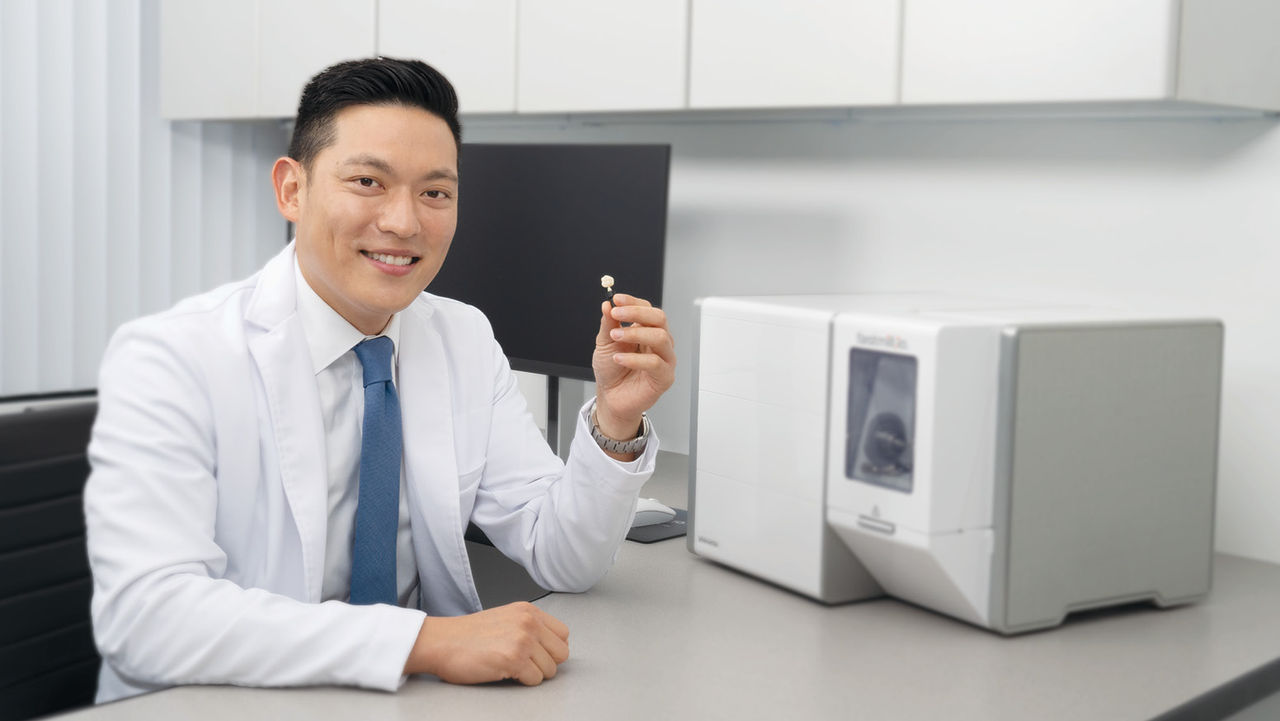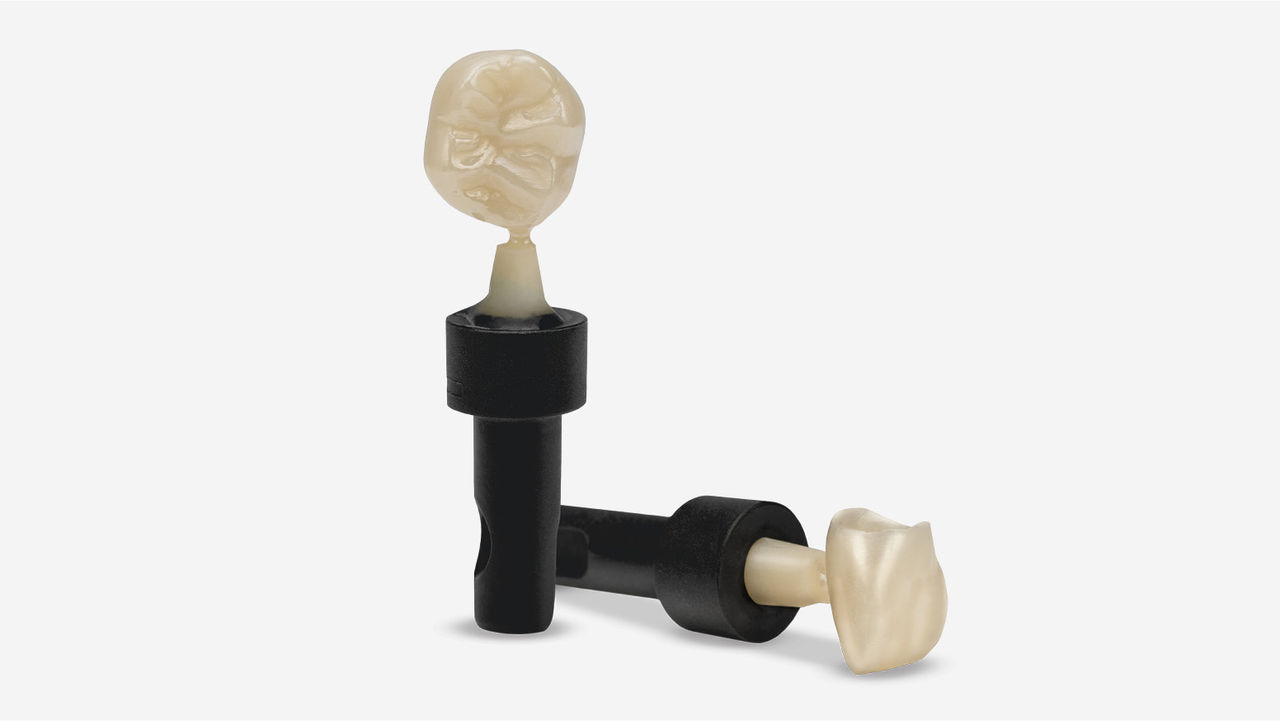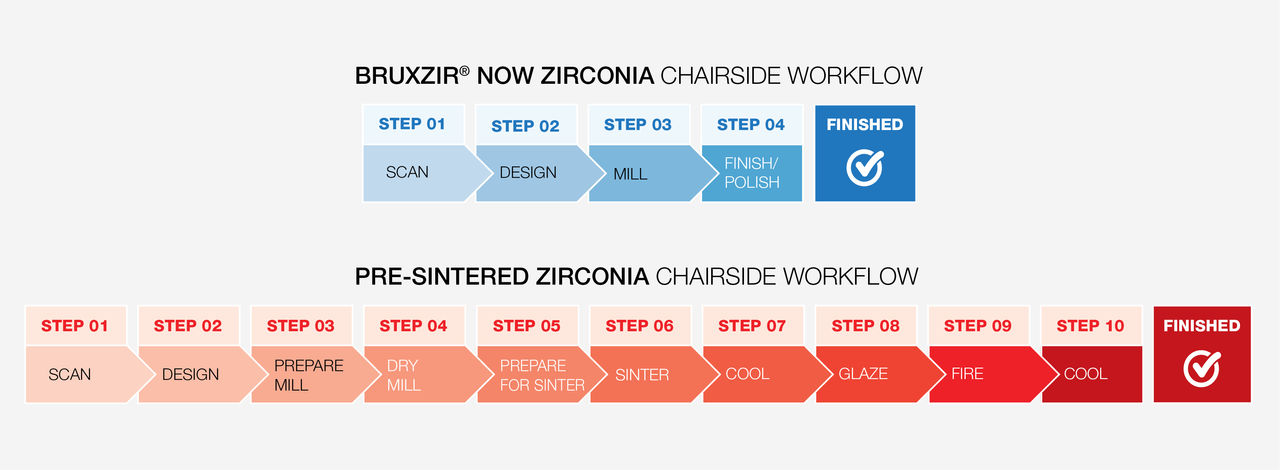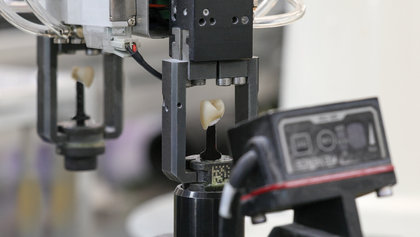Dental CE
- Free online CE course by Justin Chi, DDS, CDT: “Clinical Success with CAD/CAM Restorations”
- Free online CE course by Carrie Webber: “New Technology: Disruption or Increased Production?”
- Free online CE course by Brad McKeiver, CPA, MBA: “The Right Time to Buy Dental Equipment: Debunking Tax Myths”
Related Dental Articles
- Eric Relyea: “5 Common Questions About Chairside CAD/CAM Systems”
- “Fulfilling the Promise of Single-Visit Dentistry with the glidewell.io™ In-Office Solution”
- Michael D. Buck, DDS: “My First 60 Days: A glidewell.io™ Practice Report”
Dental Videos
- “Your Lab, Chairside: Single-Visit Dentistry with the glidewell.io™ In-Office Solution”
- “The glidewell.io™ Difference: Part 1 — BruxZir® NOW”
- “The glidewell.io™ Difference: Part 2 — CrownAI™”
- “The glidewell.io™ Difference: Part 3 — Vertical Integration”
In-Person Dental CE Course
- Justin Chi, DDS, CDT: “Hands-On Introduction to Single-Visit Dentistry with CAD/CAM Technology”










